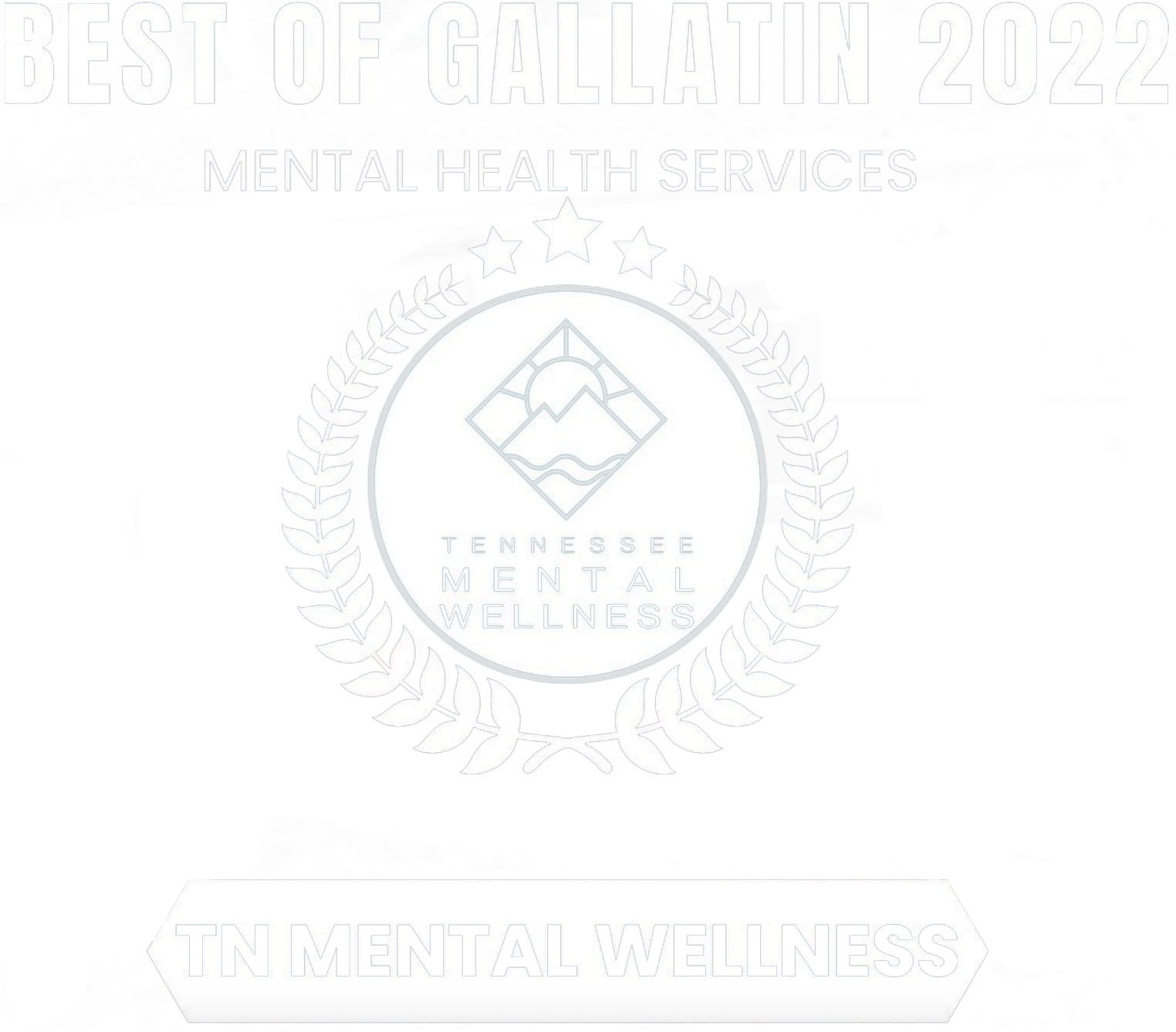Healthy Life / Part 2: Set A Goal

The last post (Part 1:Create A Vision) dealt with creating a vision of your life when you have achieved your healthy lifestyle goals. (And keep your eyes open for Part 3: Evaluating Your Progress). It encouraged you to focus on the details of what your relationships, hobbies, emotions, and daily living activities will be like when you have arrived at that healthy place.
Creating a vision is the first step toward living into that future, ideal life. Some people create vision boards, journal about their imagined healthy future, or talk it over with a supportive friend. The tactic you take is less important than the actual process of thinking through your ideal wellness future. This forward-thinking can give you an emotional boost to help create the momentum for your next step: Setting a goal.
Now if you’re like many people, you have set health-related goals more than once. And if you’ve set health goals, it’s likely that those goals have required you to make massive lifestyle changes:
- Start going to the gym 3 days per week (after being sedentary for years)
- Stop eating sugar (you now eat several “treats” each day)
- Count calories (laborious measuring, weighing and logging your food)
- Stop going out to eat (something you do several times per week)
- Run a 5K (you haven’t run since high school)
…You get the picture. Goals like these–that require you to learn a completely new skill, completely change your routine, or consistently fight off hunger or cravings–are not likely to be sustained. And when you can’t sustain a goal that seemed to be the answer to your unhealthy woes, the tendency is to give up altogether.
I want you to be assured that you are very capable of setting and achieving your health goals, but after setting your BIG goal (i.e., your future ideal healthy self), the best way to reach it is to take small steps that eventually lead to that ultimate goal.
Let me break down the process:
- Create your vision for your “ideal healthy self” (see the previous post)
- On a scale of 1 to 10, where “10” is your “ideal healthy self” and “1” is when you were at your least healthy, what number would you say you are today?
- (If you chose “1”, skip to #5)
- If you are anything above a “1”, why are you not currently a “1”? What have you been doing that has brought you up from a “1” to wherever you are today? (Really give this some thought: identify some of the small things you have been doing that have been helpful in preventing you from being a “1” This exercise will help increase your confidence in your ability to make small changes that add up over time.)
- NOW THE GOAL: What small thing could you do, consistently during this next week, that will help you move from “whatever number you are” to “one number higher”? Choose something small, realistic, and do-able.
- After a week, evaluate your ability to keep your small goal. What conditions were there on the days you kept the goal? What conditions were there on days you were unable to keep the goal?
- Determine if you’d like to keep this goal for another week, break it down to a smaller goal, or bump it up to a slightly bigger goal.
- If bumping up your goal to be slightly bigger, one way to gauge how big to make it is to evaluate “On a scale of 1 to 10, where 10 is my ideal healthy self, what number are you today? How can you make that number go up one or a half step by next week? What small goal would be do-able, and would allow me to continue doing the previous goal I set?”
The process is deceivingly simple. Simple because it is straightforward. Deceiving because it requires attention, effort, and truthful evaluation (without judging or berating yourself). Once you get the gist of it, you can keep cycling through steps #2 through #8, over and over, until you have reached your ideal health goal.
Let me illustrate with an example. Let’s say a 55 year old woman envisions her “ideal healthy self” as someone with improved insulin resistance (reversing the diagnosis of ‘pre diabetic’), able to play at the park with grandkids, and able to go on moderate hikes with a spouse. On a scale of 1 to 10, she is currently a “3” out of “10” because she is not completely sedentary; she takes infrequent walks, and she has switched to eating lower-saturated fats. Here are examples of small goals that will help her move up from a “3” to a “4” and beyond, one week at a time:
- Walk 5 minutes each day (for one week, then increase the walking length the following week, if it does not feel too difficult).
- Add a fruit or vegetable to each meal (weight loss is needed, but slow dietary changes, including “adding” healthy food rather than radically changing the diet, is a more sustainable approach).
- Invite grandkids over to play in the living room once a week (a step towards her ultimate goal of playing at the park with them).
- Eat sweets with a meal to improve insulin levels (sugar has less impact on blood sugar when ingested with a meal with protein and fiber).
- Walk with husband around the block after dinner.
If these goals seem too easy, that’s good! They need to be easy enough to be achievable, both short- and long-term. For a sedentary person, walking 5 minutes per day, every day, for a year, can really make a difference! It’s a small thing, but when done consistently, it really makes an impact!
When making health lifestyle changes, keep them simple, achievable, and sustainable.










LEAVE A COMMENT